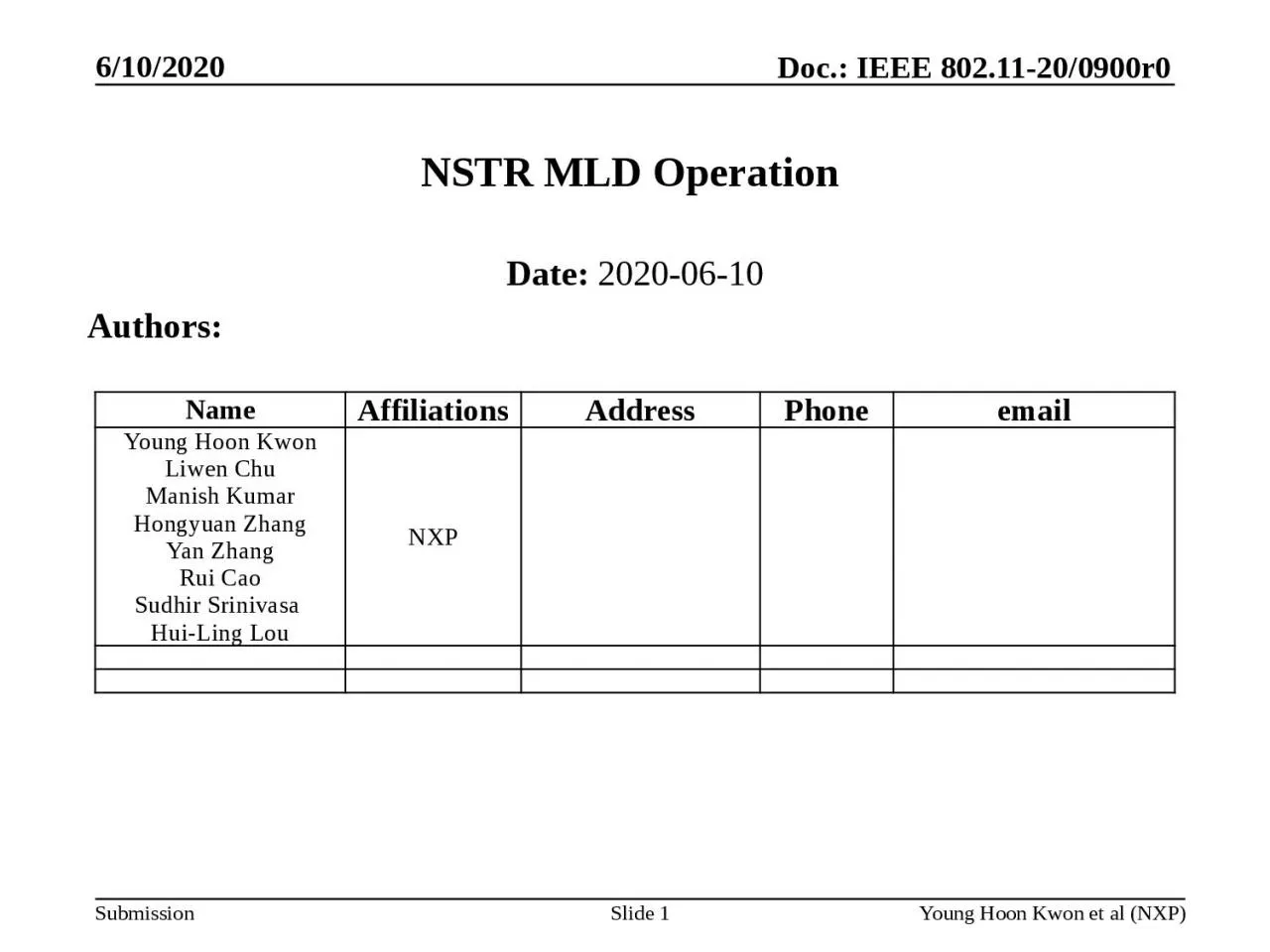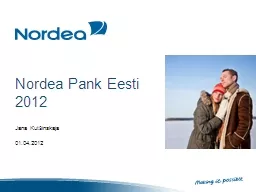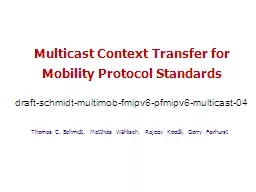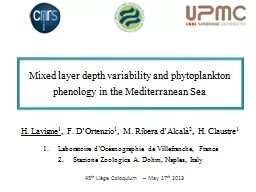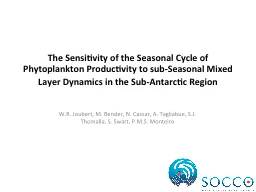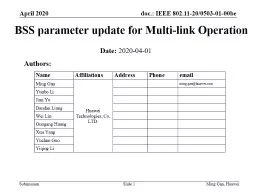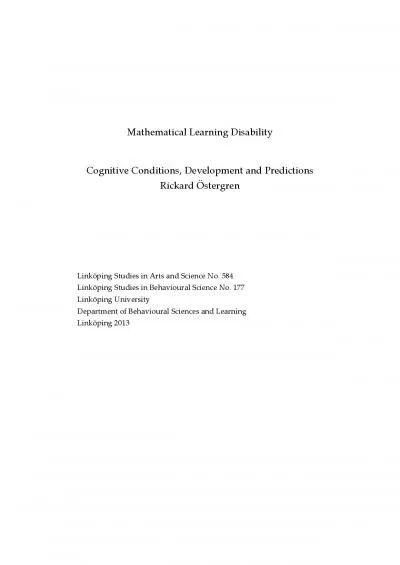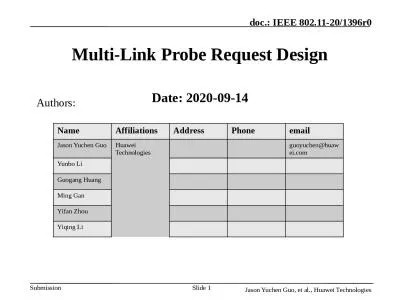PPT-NSTR MLD Operation Date:
Author : BossCalling | Published Date : 2022-08-02
20200610 Authors Slide 1 Name Affiliations Address Phone email Young Hoon Kwon Liwen Chu Manish Kumar Hongyuan Zhang Yan Zhang Rui Cao Sudhir Srinivasa HuiLing
Presentation Embed Code
Download Presentation
Download Presentation The PPT/PDF document "NSTR MLD Operation Date:" is the property of its rightful owner. Permission is granted to download and print the materials on this website for personal, non-commercial use only, and to display it on your personal computer provided you do not modify the materials and that you retain all copyright notices contained in the materials. By downloading content from our website, you accept the terms of this agreement.
NSTR MLD Operation Date:: Transcript
Download Rules Of Document
"NSTR MLD Operation Date:"The content belongs to its owner. You may download and print it for personal use, without modification, and keep all copyright notices. By downloading, you agree to these terms.
Related Documents

